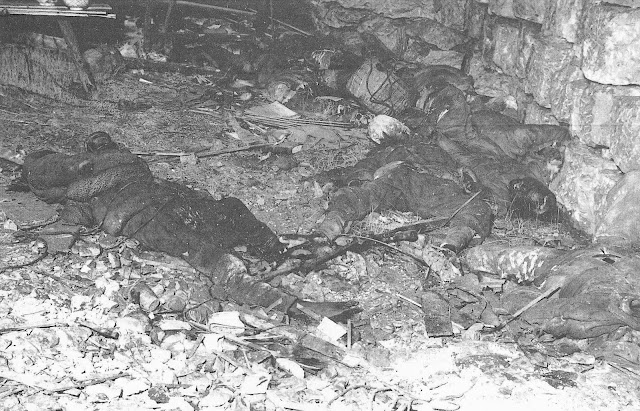During the Sino-Japanese War, Chinese soldiers were victims of poison gas attacks by the Japanese. This is a photograph of a dead Chinese soldier taken in a cave in Guilin. Military photographer Yahachiro Bessho noted that “the corpses in the caves were mysteriously all open-mouthed, and their faces and feet were discolored black,” and were thought to be victims of poison gas attacks by Japanese forces due to the war situation. Chinese soldiers suffered ulcers on their chests from the erosive poison gas of the Japanese. Japanese soldiers conducting gas drills inflicted heavy losses on the Chinese army during the Nanchang Operation in March 1939, using large quantities of “red” agent.
The first actual use of gas weapons in poison gas warfare was by the Germans during the First World War. The Japanese military, recognizing its great military power, began research and development of poison gas weapons immediately after World War I. The main focus of this research and development was the Army Scientific Research Institute (ASI). In 1933, the Army's Narashino School was established to train chemical warfare personnel for various units. After the defeat of the war, the Australian Army disposed of large quantities of gas weapons on Okuno Island, where 60 kg bombs containing mustard gas and other weapons were produced. The poison gas bombs were disposed of in Philippine waters.




No comments:
Post a Comment